Powdery Wigs of the 18th Century European Elite | A Guide to History, Style & Symbolism
A Glimpse into the Age of Elegance: The World of the Powdered Wig
Step into an 18th-century ballroom, and you are immediately struck by a sea of towering, impossibly white coiffures. These are the iconic powdery wigs of the 18th century European elite, a fashion statement so pervasive it has come to define the entire era. Far more than mere accessories, these elaborate creations, known as perukes, were complex symbols of status, wealth, profession, and power. They were the pinnacle of aristocratic fashion, demanding meticulous craftsmanship, daily maintenance, and a complete dedication to an ideal of artificial beauty that separated the elite from the common populace.
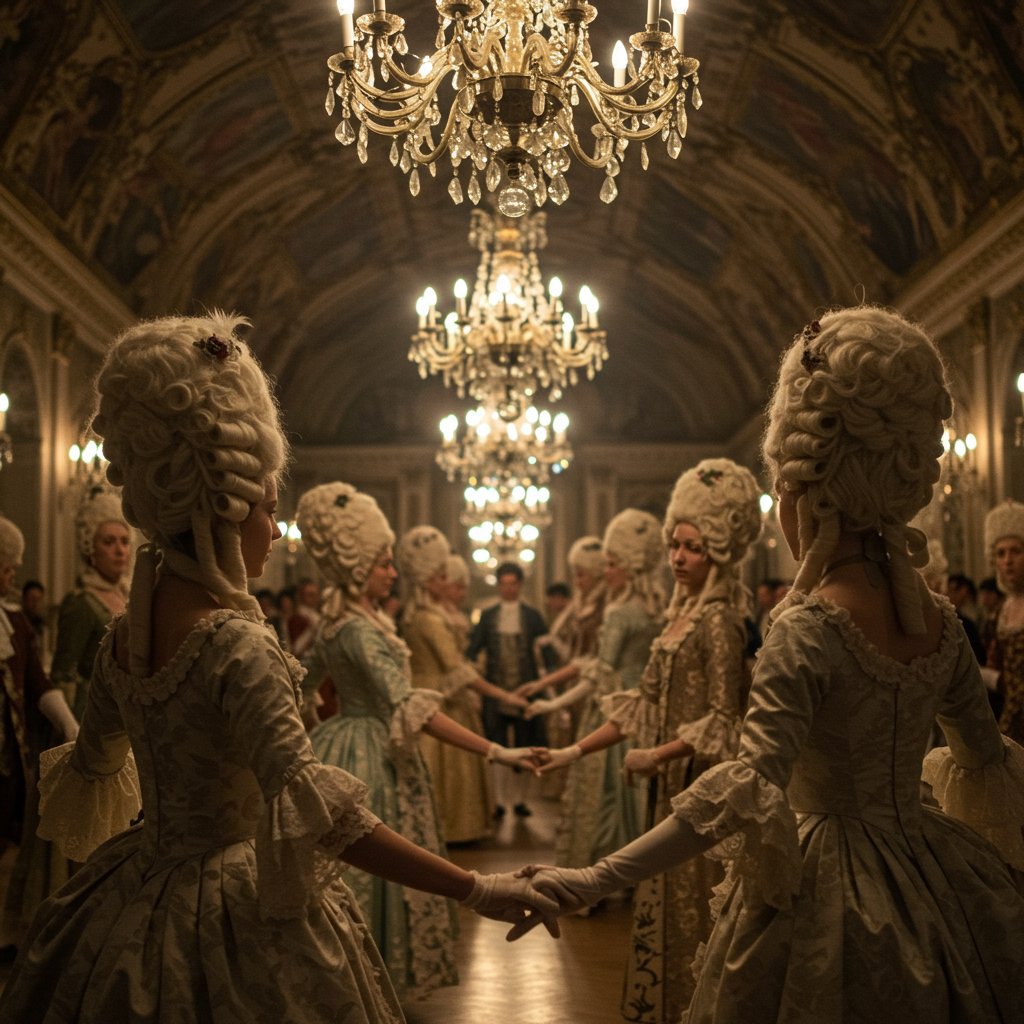
This comprehensive guide delves into the fascinating world of these historical hairpieces. We will trace the surprising origins of the trend, from a king's personal predicament to a continent-wide fashion mandate. We'll explore the incredible artistry of the wigmakers, the variety of styles that graced the heads of courtiers and intellectuals, and the messy, daily ritual of powdering. The story of the powdery wigs of the 18th century European elite is not just about hair; it's a story about society, revolution, and the enduring power of style to communicate who we are—or who we aspire to be.
From Medical Necessity to Monarchical Mandate: The Surprising Origins of the Wig
The grand, powdered peruke didn't appear overnight. Its roots lie not in vanity, but in a very real and widespread health crisis. In the 16th and 17th centuries, syphilis was rampant across Europe. One of its most distressing symptoms was patchy hair loss, sores, and baldness. To conceal these effects, afflicted individuals began wearing wigs made from horse, goat, or human hair. These early wigs were practical solutions, often perfumed with lavender or orange to mask the odors from the sores and the pungent treatments of the era.
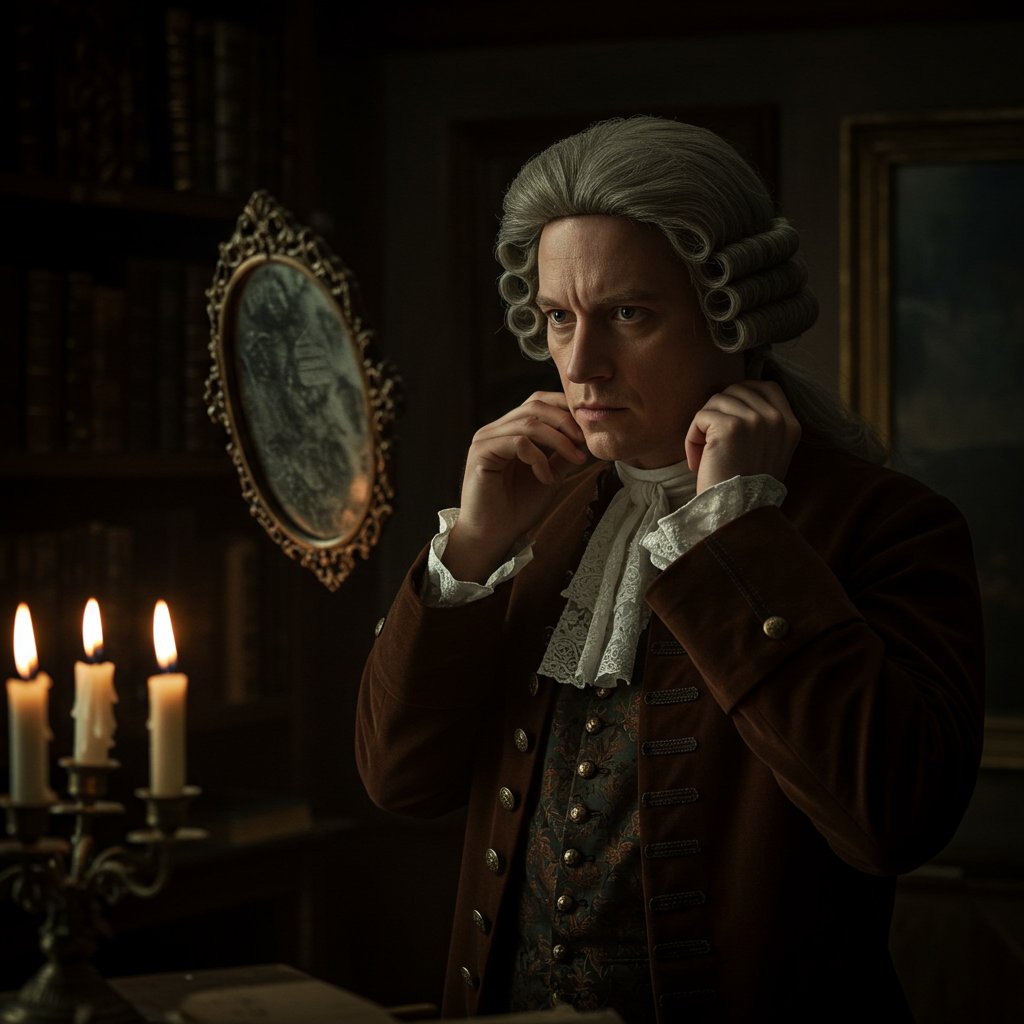
The fashion truly took hold with royalty. King Louis XIII of France, who began balding in his early twenties, adopted wigs in the 1620s to maintain a regal and virile appearance. His court, eager to curry favor, quickly followed suit. However, it was his son, Louis XIV, the 'Sun King,' who transformed the wig from a personal necessity into an absolute symbol of power and nobility. Blessed with a magnificent head of natural hair in his youth, he only started wearing wigs as his own hair began to thin. He made them a mandatory part of courtly attire, establishing a style that would dominate European fashion for over a century.
His cousin, King Charles II of England, brought the fashion to Britain upon his restoration to the throne in 1660. Having spent his exile in the French court, he introduced the full-bottomed periwig, and soon no English gentleman or aristocrat would be seen without one. What began as a way to hide a disease became an indispensable uniform for the European elite, a clear visual marker of one's place in the social hierarchy.
The Art of the Perruquier: Craftsmanship and Materials
Creating the powdery wigs of the 18th century European elite was a highly skilled and respected craft. The artisans, known as perruquiers (wigmakers), underwent lengthy apprenticeships to master their trade. A single high-quality wig could take weeks to produce and cost a small fortune, often equivalent to a skilled worker's annual salary. The process was painstaking, requiring precision, artistry, and an intimate knowledge of materials.
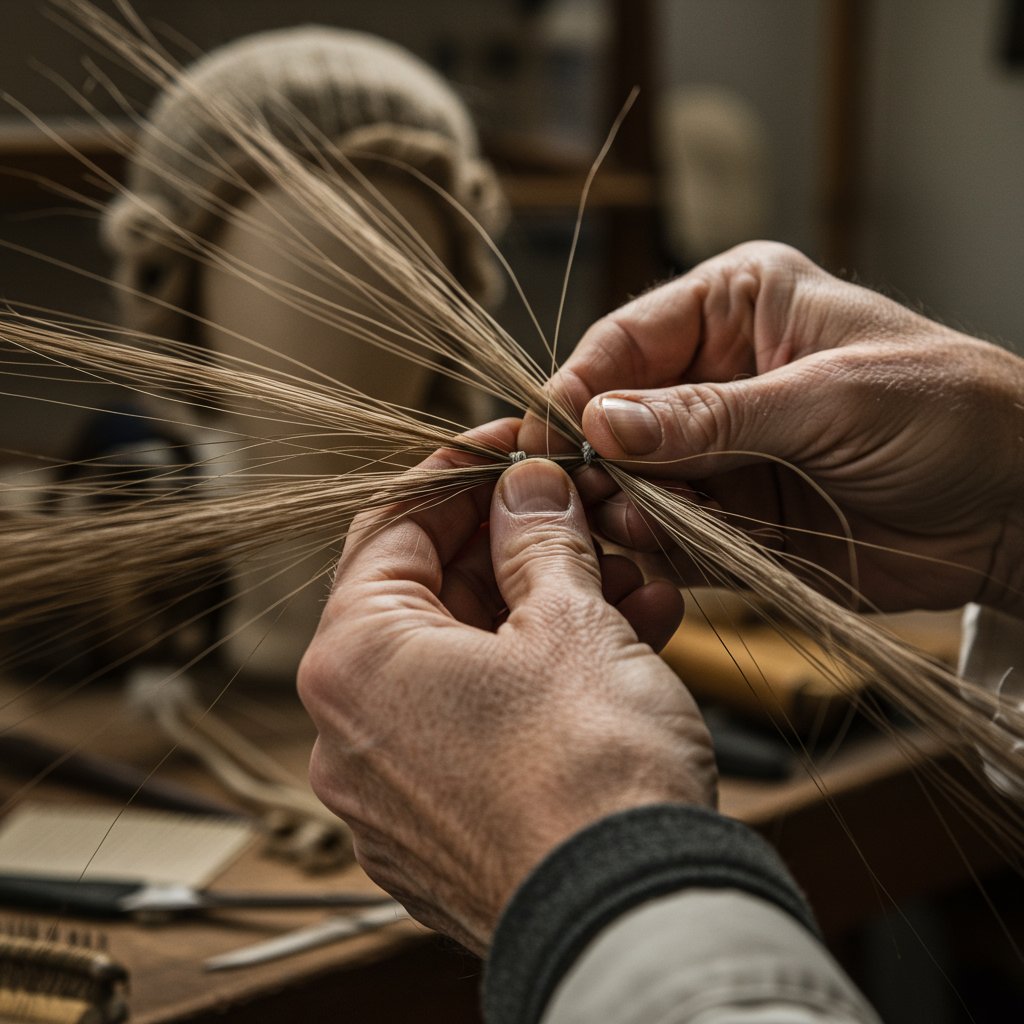
The finest wigs were made from natural human hair, with blonde and light brown shades being the most prized for their ability to hold powder evenly. However, human hair was expensive and often in short supply. More commonly, wigs were crafted from the hair of horses, goats, or yaks. Horsehair, particularly from the mane and tail, was strong and durable, making it ideal for the structured curls and voluminous shapes popular at the time. Each strand of hair was meticulously sorted, cleaned, curled using heated clay pipes, and then hand-knotted, strand by strand, onto a fine net or silk-gauze foundation that was custom-fitted to the wearer's head.
The structure was paramount. The wig's foundation, often made of silk or cauls, featured a complex framework of ribbons and tapes to ensure a snug fit and support the weight of the hair. This intricate construction allowed for ventilation, which was crucial given that these wigs were worn for long hours in often stuffy, candlelit rooms. The final product was a marvel of engineering and artistry, a wearable sculpture that had to withstand the rigors of daily life, from courtly dances to political debates.
A Symphony of Styles: From Towering Perukes to Modest Bobs
The 18th century saw a remarkable evolution in wig styles, each with its own name and social connotation. The fashion was not monolithic; it changed with the decades and varied based on occasion, age, and profession. The early part of the century was dominated by the full-bottomed wig, a large, heavy style with long, flowing curls cascading over the shoulders, famously worn by figures like Isaac Newton and George Frideric Handel. This style conveyed gravitas and intellectual authority.
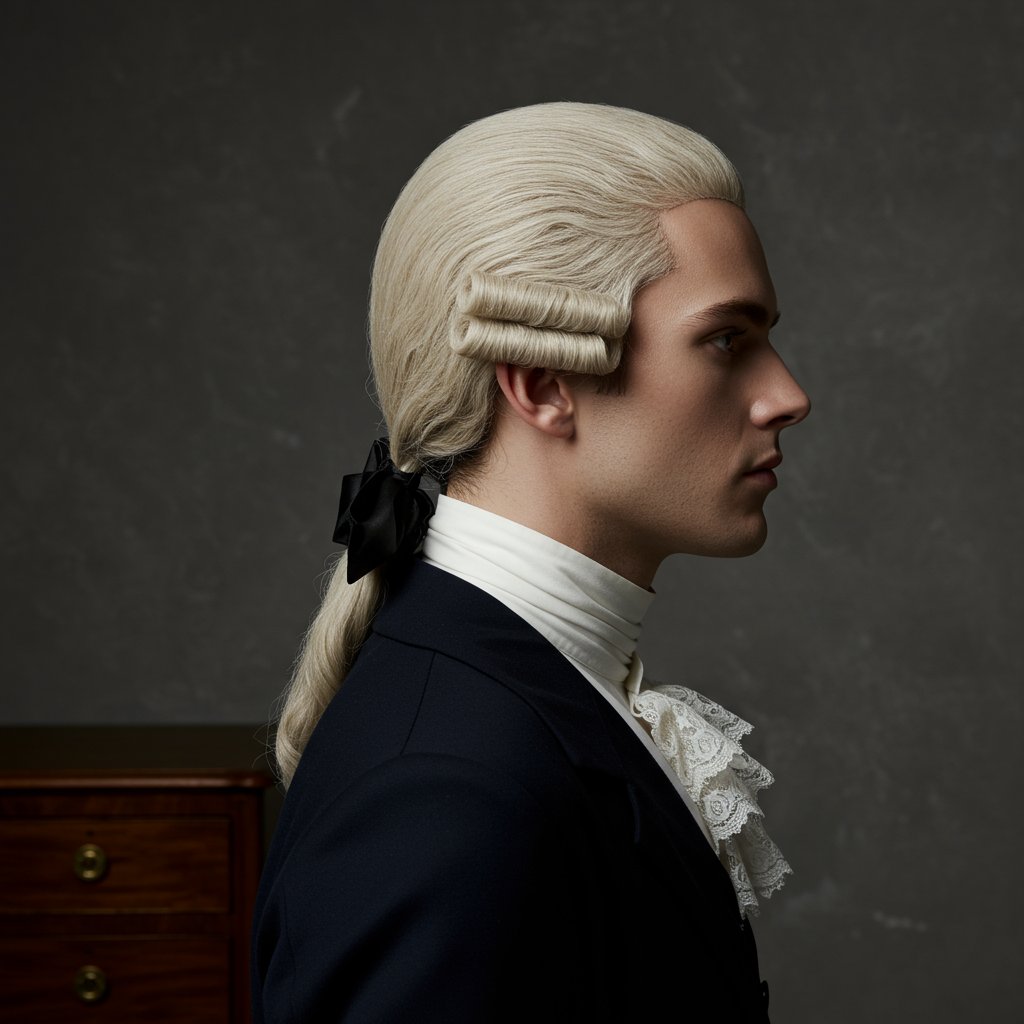
As the century progressed, styles became smaller, neater, and more practical. Several distinct forms emerged for men:
The Campaign Wig
Favored by military men and those on the move, the campaign wig was shorter and more manageable. It often featured one or two ponytail-like queues at the back, which were sometimes looped up and tied with a ribbon.The Pigtail Wig (Queue)
This became one of the most common styles for the latter half of the century. The hair was pulled back tightly and tied into a single queue, or pigtail, which was often encased in a black silk bag known as a 'solitaire' and tied with a bow at the nape of the neck.The Catogan (or Cadenette)
Similar to the pigtail, the Catogan style featured the queue looped up and tied in the middle with a large bow, creating a distinctive figure-eight shape at the back of the head. It was considered a fashionable and youthful style.The Bob Wig
For less formal occasions or professional men, the bob wig was a shorter, more natural-looking option. It had a fuller shape around the face and a cropped back, sometimes with a small, discreet queue. It was the everyday workhorse of the wig world.The Powder Room: A Messy but Essential Ritual
The quintessential 'powdery' look of these wigs was achieved through a daily, and often very messy, ritual. The powder itself was a finely milled starch, often derived from wheat or potatoes, and was applied liberally to give the wig its characteristic matte white or off-white finish. While white was the most common, powders also came in subtle shades of grey, violet, blue, or pink, and were often scented with pleasant aromas like orange blossom, lavender, or jasmine.

The application process required a dedicated space, often a small closet or dressing room known as a 'powder room'—a term that has survived in modern language. To apply the powder, the wearer would don a protective gown or smock and cover their face with a paper or glass cone. A servant would then use a large bellows or a shaker to puff clouds of powder onto the wig until it was evenly coated. This process was essential not only for style but also for hygiene; the scented powder acted as a form of dry shampoo, absorbing oils and masking odors from the scalp.
The constant need for powder had significant economic implications. It fueled the starch industry and, in times of famine, led to social unrest as the flour used for powdering wigs was seen as a waste of food. In 1795, Britain even introduced a 'hair powder tax,' a move that accelerated the decline of the fashion and signaled a major shift in social attitudes toward such overt displays of aristocratic excess.
Beyond the Men: The Towering Coiffures of Elite Women
While men's fashion centered on the full wig, the story for women was slightly different. In the early 18th century, women's hairstyles were relatively simple. However, by the 1760s and 1770s, female coiffures exploded in size and complexity, reaching extraordinary heights. These were not typically full wigs but rather elaborate constructions built upon the woman's own hair, which was supplemented with horsehair pads (cushions or 'toques'), wire frames, and false hairpieces known as postiches.
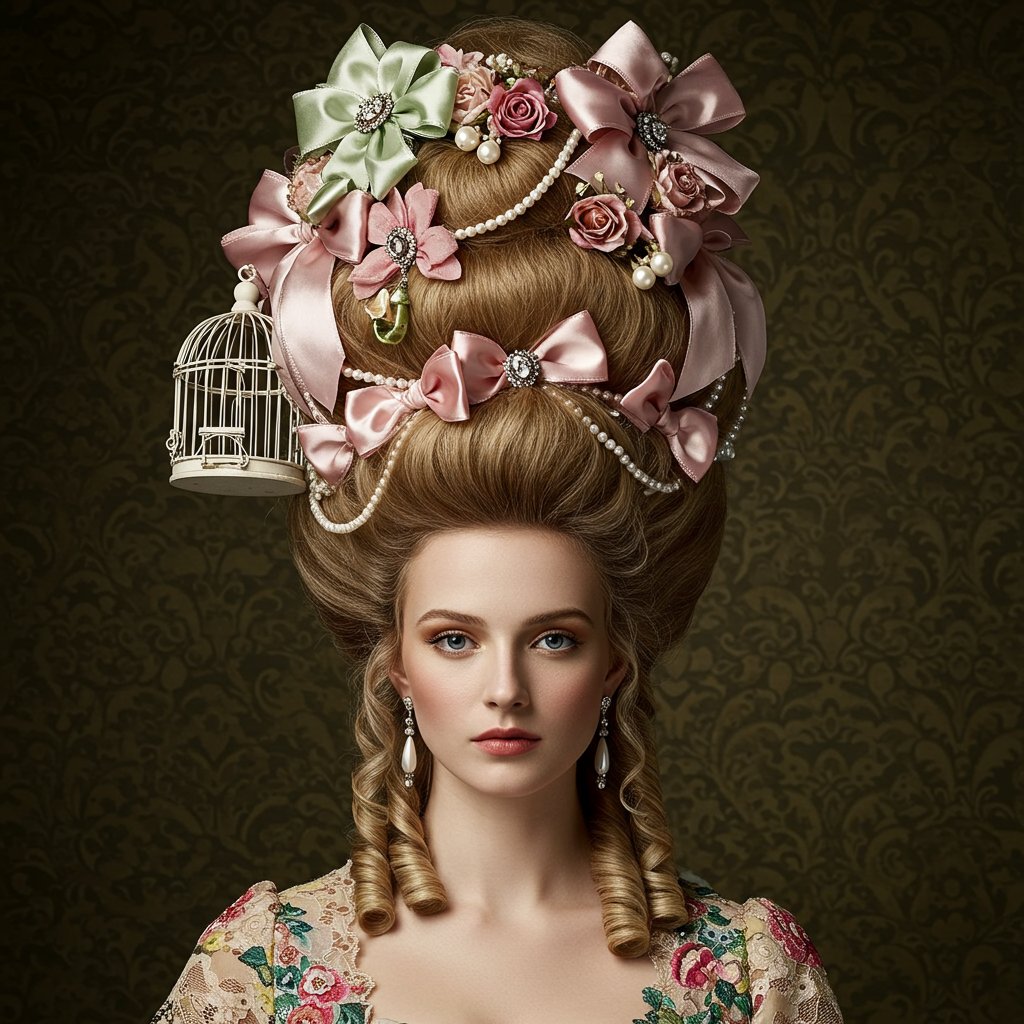
The most famous of these styles was the pouf, popularized by Queen Marie Antoinette and her hairdresser, Léonard Autié. These towering hairstyles became canvases for personal expression, decorated with an astonishing array of objects: ribbons, feathers, jewels, and even elaborate scenes with miniature figures, model ships, or fruit baskets. These decorations, or sentiments, often commented on current events, personal interests, or political allegiances. A pouf à la Belle Poule, for example, featured a model of the French frigate that had won a victory against the British.
Maintaining these architectural feats of hair was a monumental task. The style could take hours to create and was often left in place for days or even weeks, held together with a pomade made from animal fat. To sleep, women used special pillows to support their necks and protect the hairstyle. This elaborate and often unhygienic practice cemented the image of the 18th-century female aristocrat as a creature of pure leisure and extravagant display.
The Fall of the Wig: Revolution and the Rise of Naturalism
The decline of the powdery wig was as swift as its rise was gradual. The late 18th century was a period of immense social and political upheaval, and the wig became a potent symbol of the old aristocratic order that was being violently overthrown. During the French Revolution, wearing a powdered wig was a dangerous political statement, marking the wearer as an enemy of the people. The revolutionaries favored natural, unkempt hair, a style that symbolized authenticity and a rejection of artificial, aristocratic values.

In England, the decline was more gradual but equally decisive. The aforementioned hair powder tax of 1795 made the fashion prohibitively expensive for many. Furthermore, a new aesthetic, inspired by the ideals of neoclassicism and the Romantic movement, began to take hold. This new fashion celebrated the natural forms of the human body and hair, drawing inspiration from ancient Greek and Roman statues. Men began to cut their hair short in styles like the 'Titus cut' or the 'Brutus,' while women adopted softer, more natural curls and updos.
By the early 1800s, the powdered wig had all but vanished from daily life, relegated to the ceremonial attire of specific professions, most notably the legal systems of Great Britain and its Commonwealth nations, where it remains a symbol of tradition and judicial impartiality to this day. Its disappearance marked the end of an era and the dawn of a new, more modern approach to hair and identity.
Practical Tips for Modern Interpretations and Wig Care
While we may not be wearing powdered wigs to the office, the legacy of 18th-century hairstyling lives on in theater, film, and avant-garde fashion. For performers, historical reenactors, or anyone working with period wigs, proper care is essential.

- Storage is Key: Store wigs on a mannequin head away from direct sunlight and dust to maintain their shape.
- Gentle Cleaning: Use specialized wig shampoos and conditioners. Avoid harsh chemicals and hot water, which can damage the synthetic or natural fibers.
- Powdering Techniques: For a modern theatrical look, use professional setting powders or even dry shampoo applied with a large, soft brush for a more controlled, less messy application than the historical bellows.
Professional salons that specialize in theatrical or high-fashion styling can provide expert advice on fitting, styling, and maintaining these complex hairpieces, ensuring they look authentic and last for many performances to come.
Frequently Asked Questions About 18th Century Wigs
Were 18th-century wigs heavy and uncomfortable?
Yes, particularly the earlier full-bottomed styles. They could be quite heavy and hot, especially in crowded rooms. However, later styles were significantly lighter and more manageable. The net foundations were designed to allow for some airflow to the scalp.How were the wigs kept clean?
The wigs themselves were rarely washed with water. Instead, they were cleaned by 'baking' them in a bran or flour mixture to absorb grease and dirt, and then regularly perfumed and powdered. The wearer's own hair beneath the wig was typically shaved or cropped very short for hygiene and comfort.Why were the wigs white?
The white or grey powdered look was a matter of fashion. It provided a uniform, elegant, and somewhat unnatural appearance that disguised the wearer's real hair color and age, presenting a mask of aristocratic conformity. It also helped to hide any dirt and made the wig look cleaner.Did everyone in the 18th century wear a wig?
No. Wigs were primarily worn by the upper and middle classes. They were expensive status symbols. The working class, laborers, and farmers could not afford them and wore their natural hair, often styled simply and tied back for practicality.What were the wigs made of?
The best were made of human hair. However, more affordable and common options were made from the hair of horses (from the mane and tail), goats, or yaks. The choice of material often depended on the buyer's budget and the wig's intended purpose.Did women wear full wigs like men?
Generally, no. While men wore full perukes that covered their entire head, women's elaborate styles were usually built upon their own natural hair, augmented with hairpieces (postiches), pads, and wire frames to achieve the desired height and volume.Conclusion: The Enduring Legacy of the Peruke
The story of the powdery wigs of the 18th century European elite is a captivating chapter in the history of fashion. It is a tale of how a practical solution to a medical problem evolved into the ultimate symbol of aristocratic status, only to be swept away by the tides of revolution and changing ideals. These remarkable creations were more than just hair; they were statements of identity, power, and belonging in a rigidly structured society.
Today, the powdered wig serves as a powerful visual shorthand for the 18th century, instantly evoking images of grand courts, intellectual enlightenment, and dramatic political change. While the fashion itself is long gone from our daily lives, its influence persists in ceremonial dress and continues to inspire artists and designers, reminding us that hair has always been, and will always be, a potent form of self-expression.


